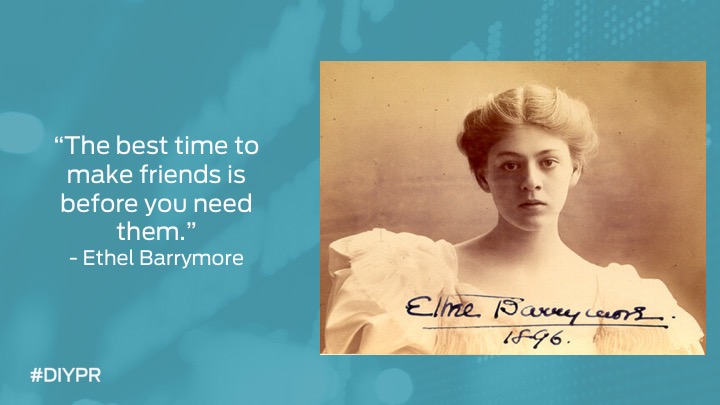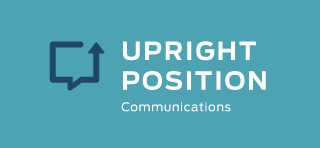People in the public relations agency business are likely to tell you that PR is best left to the professionals. In most cases, PR does fall into the “Do Not Try This At Home” territory, but there are steps that you can take to practice smart, strategic public relations on your own.
The DIY approach doesn’t need to be scary, and coming to grips with what you’re trying to promote can provide you with a greater understanding of your business, and what you need to do when you want to ramp up your PR strategy and activity.
Selectiveness is key, and as Jon Stewart said: “if we amplify everything, we hear nothing”. Solid strategy is the difference between good PR and great PR, and if you have a compelling story to tell, you already have a strong foundation to build on.
Here’s how you can do DIY PR and do it well.
Know what makes you different: What is your unique story? Build your foundations around key milestones, and practice writing a pitch that will appeal to reporters. They want to know the story, the problem you’re solving, and most importantly, why it is relevant to them, their readers and the outlet they write for. Know your message inside and out, and deliver it in a concise way.
Craft intelligent content: Intelligent content can help make or break the success of your company. Great content needs to be industry specific, and developed with your audience in mind. Consider using infographics, videos and podcasts to reach a wider audience. Before putting something out there ask, “Would I care about this if I didn’t work here?”
Remember to refresh your content over time, reporting on new developments, achievements or updates to your product or service.
Find social media relevance: A balanced social media platform can be a beneficial component your PR strategy. Be selective with the platforms you sign up for, and use ones that are strategically a good fit for what you are trying to promote. If you’re a chip manufacturer with a B2B product, having a Facebook page isn’t going to be of use to your core audience. Medium is a great platform for sharing insights and positioning yourself as a thought leader and trusted resource, without the time or financial commitment required to place content.
Curate your network: You don’t need to reach out to every journalist who’s ever written anything about your industry: Select the 5-10 reporters who are most relevant to you and your audience. Even if you don’t need to work with a journalist right away, take time to begin developing relationships with them. Follow them on social media and take an active interest in their work, sharing, commenting and engaging with them on their latest post. Drop them an email saying how you can help them in their area of expertise, and build a reputation as a solid source that they can turn to for future stories.
 Be patient: PR is not a switch you can simply turn on and off again. Real results aren’t immediate, and securing coverage takes a lot more time and energy than you think. You’re in this for the long haul, so stick to your plan, and follow up regularly.
Be patient: PR is not a switch you can simply turn on and off again. Real results aren’t immediate, and securing coverage takes a lot more time and energy than you think. You’re in this for the long haul, so stick to your plan, and follow up regularly.
Finally, don’t be afraid to raise your hand for help. Recognize when you’re over your head or don’t have the time, energy or network to devote to getting the coverage you want.
If you’d like to know more about DIY PR or what to do when your company has graduated from the random press release and are ready for something more, sign up for our newsletter here

